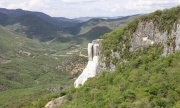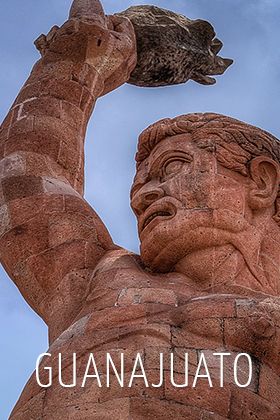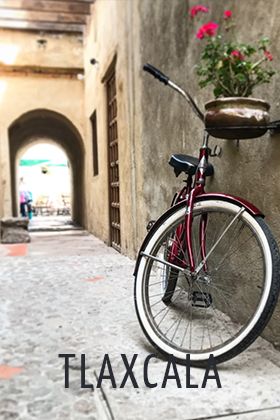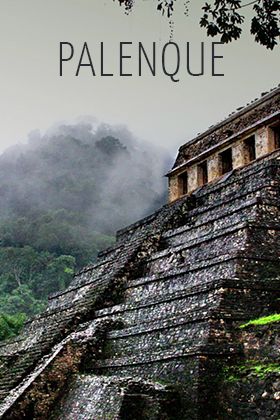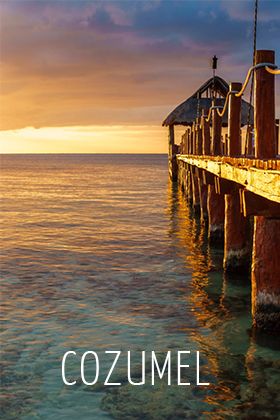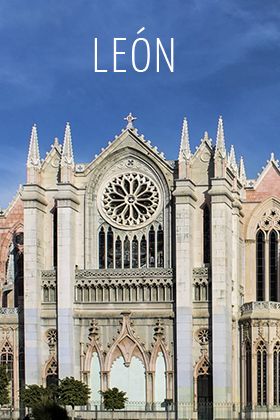About Oaxaca City
by: Travel by México

About Oaxaca City
by: Travel by México
The unforgettable city of Oaxaca is the cradle of a multicolored culture with continual fascinating enchantment. A city whose roots intermix the native indigenous spirit and the great construction masterpieces of the Spanish colonizers. It is a center of constant exciting activity that welcomes visitors with unique joy. And a city of incomparable and tender harmony thanks to the distinctive architecture.
During the times of the colonization, the Spanish King Carlos V, granted this area officially to the status of ‘city’. The city was formerly known as Huayacac, a Nahuatl word whose roots huaxin, stand for gourd, and yacatl, which means "pinnacle, point or beginning", thus being defined as "The beginning or pinnacle of the gourds". It is fitting then that its own name defines the city as the beginning of a prominent future, in the building of the then budding Mexican culture.
It would be by 1532 when Huayacac, what is Oaxaca today, would become one of the most important urban centers of the country.
This capital of the state which carries the same name enriched its appearance as the centuries went by, leaving treasures today of eternal jewels, the magnificent buildings that were majestically erected. And if this wasn’t enough, the climate here is ideal.
One of the first civil buildings erected in Oaxaca was the Acueducto de la Cascada (The Aqueduct of the Waterfall) which in those times supplied water to the entire city. And the city is full of incredible architectural monuments one after the other, where the hardness of stone comes to life thanks to the aesthetics of the pieces and shapes, in places like: the Zócalo of the city, the Alameda de León, the School of Law, and the Capital Building.
And there are so many incredible museums and churches! Standing out is the Museo Regional de Antropología e Historia (Regional Museum of Anthropology and History), which contains pieces from the Mixtec and Zapotec cultures whose invaluable inspiration gave shape to such a prosperous region in a past long gone.
Also noteworthy is the Museo de Arte Prehispánico Rufino Tamayo” (Rufino Tamayo Art Museum of Prehispanic Art), which consists of a vast collection of original objects not only from Oaxaca, but from the entire country, in an attempt to embrace as much as possible the remote past of a powerful and mystical land. And not to be missed either is the Museo de Arte Contemporáneo (Museum of Contemporary Art) and many more. The three most well known churches are the Cathedral, La Soledad and Santo Domingo, symbols of the new faith that raised up upon the long lost cosmogony of the natives.
Just 8 kilometers from Oaxaca is the archeological zone of Monte Albán, a pre-Hispanic city which formerly served as the capital of the Zapotecas. At its height it had over 35,000 inhabitants, and it flourished between 500 B.C. and 800 A.C. This site is known for its beautiful architecture, the engraved stones and the gray ceramic urns that represented the richly adorned priests. Many of those ceramics which describe the Zapotec cosmogony and its particular ideology about life and death, were found in the more than one hundred tombs along the outskirts of the area. In 1987 Monte Albán was declared to be a Cultural Heritage of Humanity site by UNESCO.
But Oaxaca is also famous for its parties. The Guelaguetza de los Lunes del Cerro is an offering to the city of Oaxaca formed by representative groups of the seven traditional regions of the state: the Central Valleys, the Sierra Juárez, the Cañada, Tuxtepec, the Mixteca, the Costa and the Istmo de Tehuantepec. Each delegation presents a display of their cultural heritage by performing dances along with music and singing, and wearing their finest traditional clothing that is distinctive to each one of the towns.
These festivals apparently date back to colonial times, and are closely related to the Corpus Festival at the Templo del Carmen Alto. This church was built by the Carmelites on the outskirts of a hill which the Zapotecs had labeled as Bella Vista or Beautiful View. This festival was celebrated on the Monday following July 16th, and was to be repeated eight days later, on what was called the “eighth”. Soon after, the natives of the towns surrounding the city joined in with enthusiasm to the festival, in particular those from “Guaxaca”, which was the capital of the Marquesado Valley. The valley had been granted to Hernan Cortez by the king of Spain, and the capital was founded in 1521 by the orders of Cortez himself.
Guelaguetza is a Zapotec word which denotes the act of participating in cooperation, which is precisely the spirit that distinguishes the city of Oaxaca as one of the most important tourist destinations in Mexico. It is a spirit of reciprocity where past and present are fused together with uncomparable magic, that is palpable in the streets, courtyards and gardens, and in the colorful artisany or the extensive variety of regional food with its unique recipes and exquisite flavors.
And thanks to the harmony of its architecture, culture and customs, this city shines before the world as an inexhaustible treasure to discover. Oaxaca is now preserved as a Cultural Heritage of Humanity site by UNESCO.
r09


